Mary Stroe aka Skinny Bunny invites us into the artistic “backstage” of her intervention at the Omnia Hall, during the first edition of Un-hidden Bucharest, and reveals the complex experiences, filled with emotions, memories and unsuspected ties to her past and the building’s history. With an open heart, she shares what she likes about painting on canvas, where she’d love to leave her creative mark and her ideas for future projects, as well as the collaborations with her brother, director Ioachim Stroe. So let’s go through a discussion about art in all its forms – from film and theatre to painting on any media, graphic art, costume design, dance and music.
f: Hello Mary, since our collaboration during the first edition of Un-hidden Bucharest many things have happened in your activity. Tells us about your dearest projects in 2018 and the ones you’re working on at this moment.
Skinny Bunny: Hello! Well, right now I’ve finished an illustration for a contest, I have some paintings for start and orders to get done, and I am continuously writing, rewriting and completing my CV. All the projects of 2018 are dear to me. It was an excellent year for film, poster graphics, illustration and painting. So 2019 started well, but not so good for answering questions for the interview.😊

f: We followed with interest your updates on illustration, drawing and poster art – including the poster for CAPITOL. We saw on Instagram that you’ve begun focusing on painting. How do you feel this transition? Is it just an experiment or are you planning to create more paintings in the coming period?
Skinny Bunny: Thank you very much. However, it’s strange that many people consider painting – painting on canvas. In essence, at Omnia and before this I painted continuously. I’ve been focusing on painting for a long time. I’ve even graduated a few schools about it (I had to unlearn many things from schools, they’re ok as a foundation, but also damaging). I come from a family with painters in its history, and my apprentice period consisted of painting on anything else but canvases (paper, cardboard, clothing, textile, furniture, glass, objects, etc.). The truth is that I’ve been avoiding this format stubbornly until I’ve rediscovered it, it’s difficult to explain.
What is wonderful for me when painting on canvas is that I can concentrate almost exclusively on what I paint and less on the medium, after a very long time when it was precisely the other way around. Of course, the shape of the canvas determines the drawing to a point, sometimes it dictates it. The fact that it’s not a mega experimental medium gives me the greatest freedom so far. I certainly will not stop painting and learning for a long time, regardless of format.
f: Perhaps one of the best known creative activities in your portfolio is t-shirt and textile design. How do you choose the models, the materials? What inspires you in this respect?
Skinny Bunny: At the moment, I no longer find my place in fashion design. It’s still possible to come back with a project of useful clothing, but until then this side of my profession goes into a long and healthy hibernation.
I am currently interested in textile design as an integrated part of more significant projects, interventions, decorations or interior design projects. Generally, I choose to use recycled materials or coupons, and the form/texture often determines the drawing. I use either textile paint or chlorine to manually draw repetitive patterns or a central figure. It depends a lot on the context and the purpose in which the material will be used.
f: You are also designing costumes for films, theatre, performances. Share with the feeder.ro readers a few impressions of what it means to work in this field and who would you like to work with – from directors to actors, performers and so on.
Skinny Bunny: My brother, Ioachim, and I were fortunate to be born in a family that has been working for several generations in film/theatre, and we knew what to expect. Our parents have given us the liberty to choose and have always encouraged our skills, without easing the process through their contacts (I think that they’d have discouraged us if we weren’t made for this job).
I was lucky to be born the sister of my favourite director, and when we work together is different from working with other directors because we have many personal references on which we can rely to create costumes for the characters. Usually, for the costumes designed for his films, we always start with building from the actor in that role, which is very important, and have a very clear personal reference and many sub-references evolving along the way. Then, we look for various variants of clothing and objects, and borrow the characters things from our acquaintances or even our own because they have a different meaning and authenticity; they’re a kind of discrete camouflage. Our producer, Claudiu Mitcu, for instance, knows what this method means because we “stole” his backpack for a whole movie when we filmed “Noiembrie” [November]. I want to thank him (and our entire fabulous production team) especially for the full and constant support and all those who borrowed us things so far for understanding.
As far as possible, I try to blend the references of the characters with personal references and in collaboration with other directors for more authenticity, at least this very bizarre authenticity in films. There’s more to mention, though, briefly, my role is to help actors become the respective characters using the right clothes, while always making sure that everyone is perfectly comfortable inside the costumes the character has to wear.
This summer we’ll work in this formula for a new film directed by Ioachim and produced by Wearebasca. I can only tell you that it has a script I believe in very much and that it will have a fantastic team. Also, in the future, I’m looking forward to another script that a close friend is currently writing, Stela Pelin, the director of the multi-awarded “Date Night” (a Wearebasca production as well 😊), and inevitably projects will appear, but it’s still early in the year. I’d be happy to return to theatre or performance if there’s time or interesting project proposals pop up. I’d love, for instance, to create costumes for a dance performance because I don’t have this in my CV yet. And the list of people I admire/ with whom I’d like to collaborate is too long and remains open in the future.
f: Have you always been interested in art and design? What determined you to follow this artistic path and transform your passion into everyday reality?
Skinny Bunny: I think they became interested in me and this made me work and stubbornly choose a visual arts profession.
f: Among your interests, you’re a big music lover, and you play the accordion. What music do you listen to while working? How does music influence you in what you do? When will we have the chance to see a performance with you playing the accordion?
Skinny Bunny: Haha, thank you. I don’t know, there’s much music to listen to, I try to stay up-to-date. Music is essential as it helps me perceive the space better and, therefore, to draw better. The accordion helped me understand things about music and coordinate myself.
At Omnia, I found a small paper lying on the floor on which “Violin 1” was written in pen, a funny thing because when I was a child, I wanted to play the violin. My parents sent me to ballet. Then I began drawing and haven’t stopped until I came to see this confirmatory paper. However, when sketching or transcribing, I listen to music (I can’t make lists, I simply can’t 😊), but when I draw directly I usually don’t listen to music because I need to “hear” the drawing, i.e. I don’t hear voices or anything weird, it’s just that most of the time I preview what I’m going to draw, either entirely or fragments, with only a few seconds before I draw them, and another music would short-circuit/ interfere in the process. There are many clear links between music, drawing and painting. Perhaps this will be the theme of the performance. 😊
f: Returning to Un-hidden Bucharest, you won the project’s first open call. Your artistic intervention took place at the Omnia Hall. You were inspired in choosing the theme for your intervention by the building’s past as an annexe to the headquarters of the Central Committee of the Communist Party and its future in the administration of CNDB – National Dance Centre Bucharest. Why did you focus on the windows and how was it for you to work in this space?
Skinny Bunny: I’m in a photo taken absolutely or maybe not at all by chance in 2009, in which I pull the handle (then present) of the main door at the Omnia Hall. I did not know at that moment what was there and did not make any conscious connection when I applied to the open call. I want to tell you that I have thoroughly documented for the open call, but it was the other way around. First I saw immediately and clearly what I had to draw: some deconstructed portraits of dancers who are always observed and cannot speak freely, so they express themselves through movement. Then, of course, I made the research, and things became a little too meaningful because, in fact, the building also has a personal significance.
One of my grandfathers, who wasn’t Ceaușescu, but was a Communist, has worked here. I didn’t have the chance to get to know him very well because he died when I was 5. Our family has always been very diverse politically, and I learned to understand things from many perspectives without having to admit to one. The intervention also reconciled me with the idea that if my grandfather had not been too pleased with the painting of the CC annexe’s windows, he might have been glad that we were able to “talk” for a while this way. The open call came in a moment with a lot of posttraumatic stress for me, helped me feel safer, little by little, and I now perceive winning the contest as a turning point in the right direction.
The original project for Omnia focused on the walkway with drawings on the windows, plus a very long fringed interactive curtain applied outside the walkway and on the facade of the building, with some large banners. However, in the preceding stage of the intervention, I realised that some windows are not unfriendly for painting and anything I’d add to the building wouldn’t have been suitable. I regret I couldn’t apply the fringed curtain to the walkway because it would have been a very entertaining interactive element. So I decided to focus exclusively on painting the windows of the main facade. After we all cleaned the windows (thank you), the actual work was quite physical and complicated because I had to paint everything upside down in 5 successive layers of paint and lacquer for each stained glass. Otherwise, it was surreal to go there every day, climb upstairs, open all the windows, look back at the grand hall where the speeches came from back then. Afterwards, I would start working with all those overlaid energies, with all the ancient dust and my assistants – the seagulls, the lazy cockroaches and the spiders. I even became familiar with the timetable of the aeroplanes in the area from so much looking up.
I received nice work visits, I had a fantastic team at CNDB, and we discussed the chances of Romania as a soccer team of the guards there, who were 3 out of 4 friendly and understanding with my strange drawing. More seriously, besides the remnants of the operetta theatre and the funny historical props scattered around the hall and corridors, I also felt much sadness in the building. It caused me to let some paint flow like tears. However, it was lovely to feel that I’m present and painting in a space hanging between the inside and the outside. What I wanted to create through the stained glass was also a link between the building and the outside world. The drawings are not monochrome. Depending on where they are viewed and on the season, they change the colours/ texture and leave some interesting shadows inside the hall at noon, in the sunshine, and the evening/ at night, in the full moon.
In conclusion, the intervention was for me a complicated joy, a kind of gift received at the right time and a bizarre symbiosis with a place full of meaning. I had the impression that I was working precisely what I needed to work on and painting just what I should paint at that time. I can’t wait to see how the building will change in 2021 and wish CNDB all the blessing and joy possible with many extraordinary performances in this long-awaited space.

f: Your intervention at the Omnia Hall was also part of the alternative tour guided by Paul Dunca. What reactions to your work surprised you at that time and afterwards?
Skinny Bunny: This intervention has given me very much, and any reaction is welcomed because it helps me better understand how others perceive things. I was surprised by the variety of responses and interpretations from “Look, a fish”, “That’s you”, “I still don’t get it, miss, but thanks for explaining”, “Is this a basket?” to honest appreciations from people working in the same field, also sincere ignores and cheerful encouragements from friends.
I liked Paul’s presentation of my intervention at the start of the tour because he was charming and creative explaining to those present what I was going to draw there when I had just begun to paint the first stained glass.
I would be curious to find out from you what other reactions the final work gathered in the second tour.
f: We invite the readers to share their impressions from the tours.
Regarding buildings, where in Bucharest would you like to create similar artistic interventions? Do you see yourself turning to mural painting as a new medium?
Skinny Bunny: In cinemas, amphitheatres and summer gardens especially, maybe this would prevent their disappearance through gradual demolition. Also, in any other place that could be given back to the communities as an inclusive space for communication and socialisation.
In the future, I’d be more interested in giving context to my interventions, to provide a framework for collaboration and collective creation. I like to be involved in projects for and with children, they have some incredible reactions and ideas. I’d love, for instance, to paint a cinema/ theatre curtain that can also be a kind of messenger or notebook of impressions, I think it would be interesting. Of course, I’ll be interested in interactive artistic interventions that would give context to people with a posttraumatic syndrome to express themselves, to reintegrate into the community, to be seen/ understood and less lonely. I’ll surely approach mural and glass painting, possibly combined with textile, depending on the requirements of upcoming projects. I have many ideas. 😊
f: If you’d represent the capital in t-shirt design, how would it look, what character(s) or theme would you choose?
Skinny Bunny: Bucharest would look like a kind of acrobat playing “statues” in balance on an improvised plinth made from a brick.

Follow Skinny Bunny on Instagram, Facebook, Behance and Tumblr.
This article is part of the Un-hidden Bucharest series of interviews with street art and graffiti artists, published weekly on feeder.ro. Together we will enter their artistic universe and learn how the city can be regenerated through artistic interventions in the public space.
Keep your eyes on feeder.ro, we’ll publish new interviews soon with iZZY iZVNE, Maria Bălan, John Dot S, Livi Po, J.Ace, Robert Obert, KSELEQOQYNQYSHY, Primitiv Print, Livia Fălcaru, Irina Marinescu, Kero, Lost.Optics, Obie Platon, Serebe, Alina Marinescu, CAGE, ILUC, Maria Duda, Boeme1, Pisica Pătrată, Alexander Blot, and more.
Interview by Emilia Cazan
Images © Skinny Bunny & feeder.ro (Alex Iacob)
The Un-hidden Bucharest street art project is organized by Save or Cancel, through feeder.ro and is co-funded by AFCN. The program does not necessarily represent the position of the National Cultural Fund Administration. AFCN is not responsible for the content of the program or the way the program results can be used. These are entirely the responsibility of the beneficiary of the funding.
Organizer: The Save or Cancel team, composed of Cristina Popa (random) – social designer, editor, and cultural manager, and Andrei Racovițan (ubic) – architect, editor, and artistic manager, together with the audience, artists, collaborators și partners.
Project partners: CNDB, Faculty of Sociology and Social Work, Zeppelin, IQads, Urban Collectors, Igloo, Urban things, România Pozitivă, IQool
About Save or Cancel
Since 2008, Save or Cancel is a medium of communication and propagation of the arts and culture, promoting and facilitating their role in contemporary society.
The self-initiated multidisciplinary programs of Save or Cancel aim to identify sustainable and adaptable opportunities for (re) valorization of the existence through architectural, cultural and editorial projects.
Visit the project’s page to find out more about past, current and future activities: https://feeder.ro/un-hidden







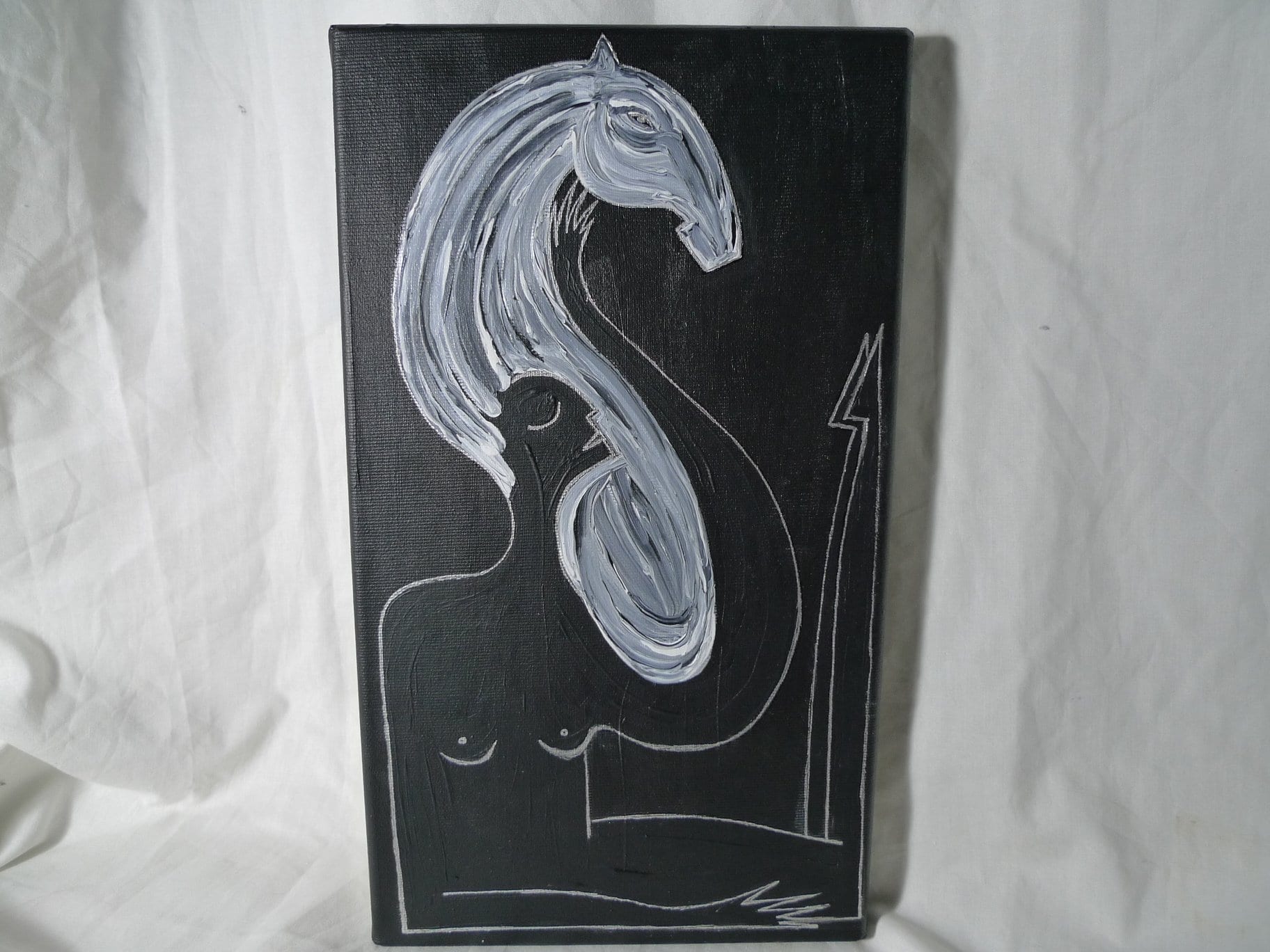


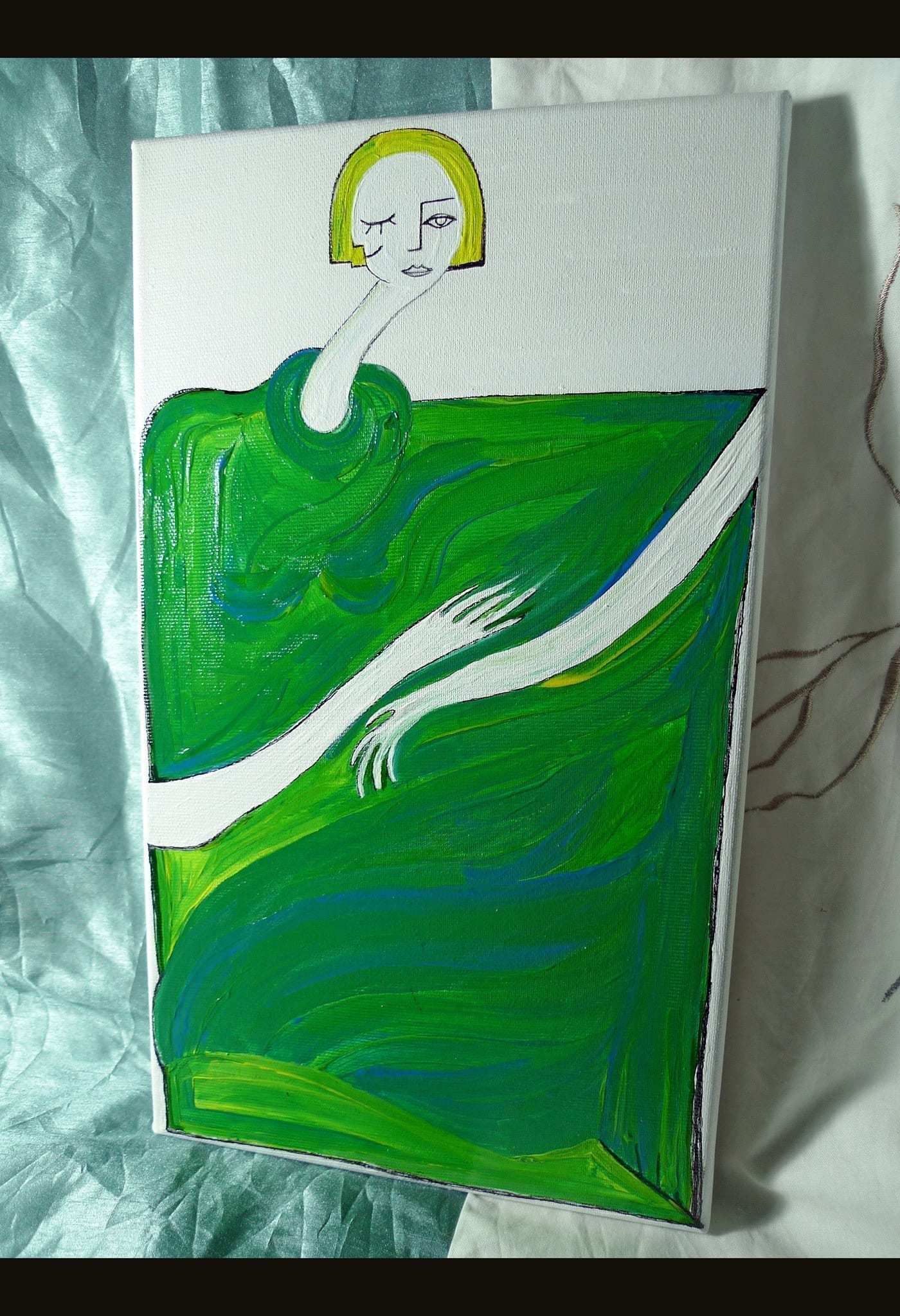















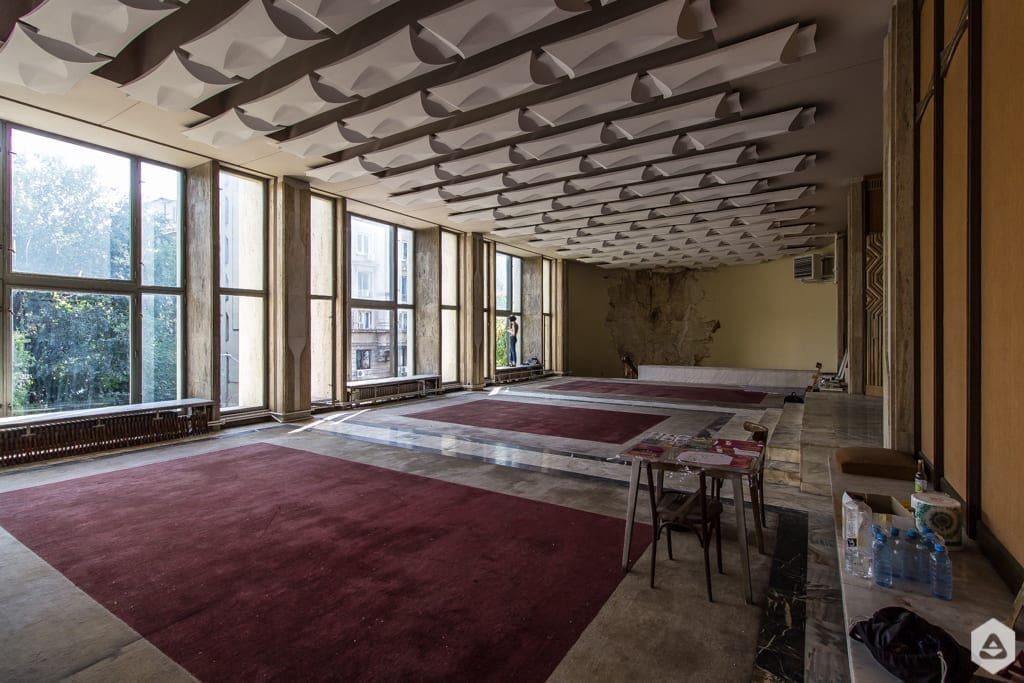







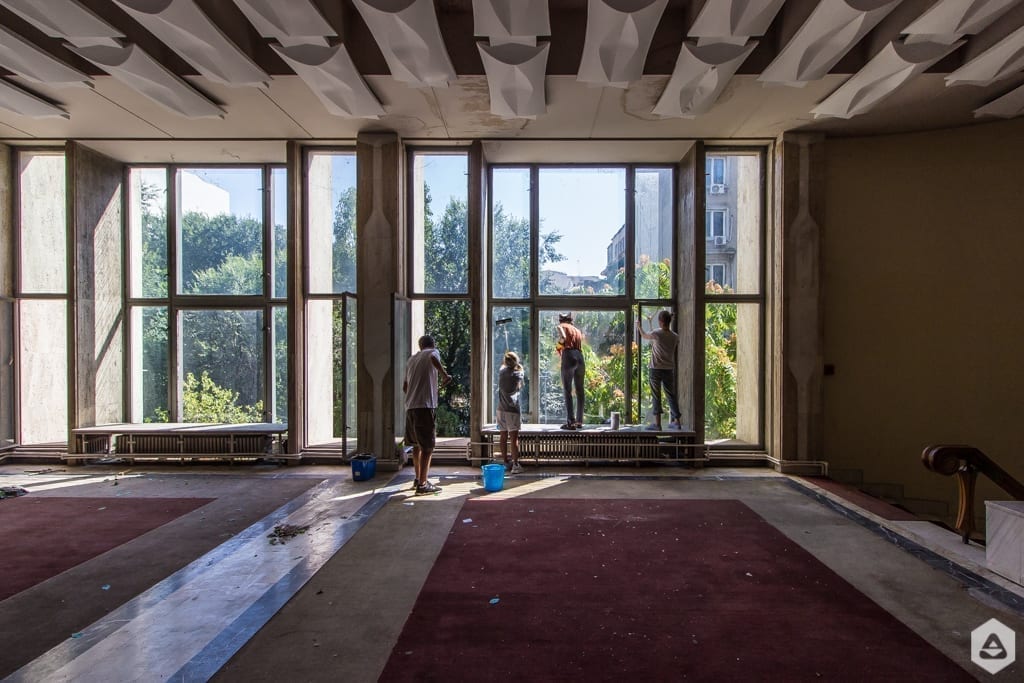



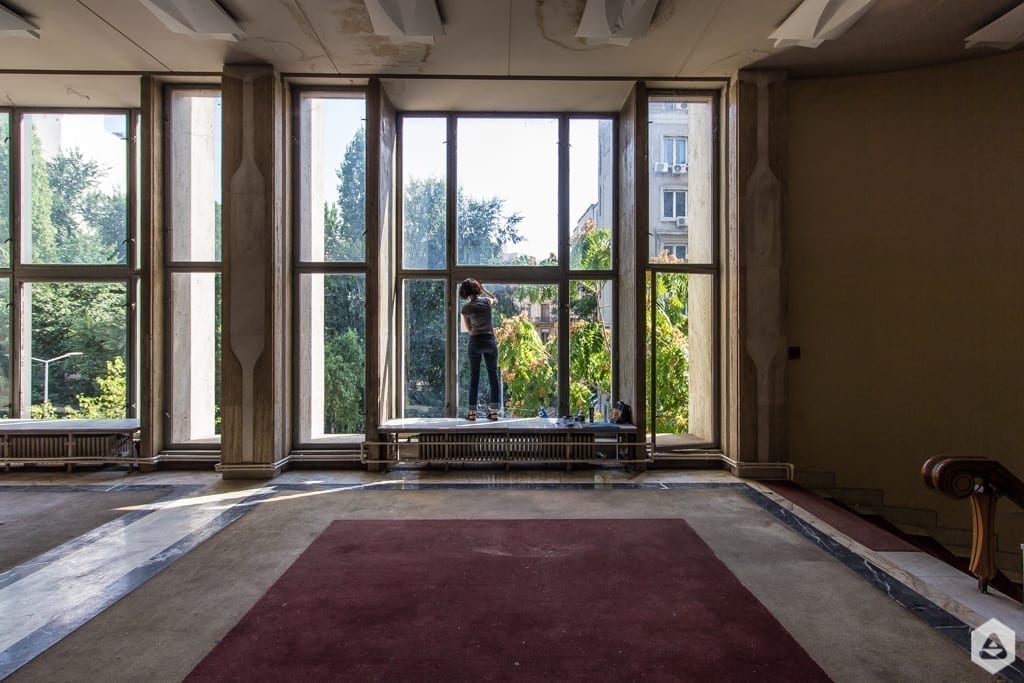














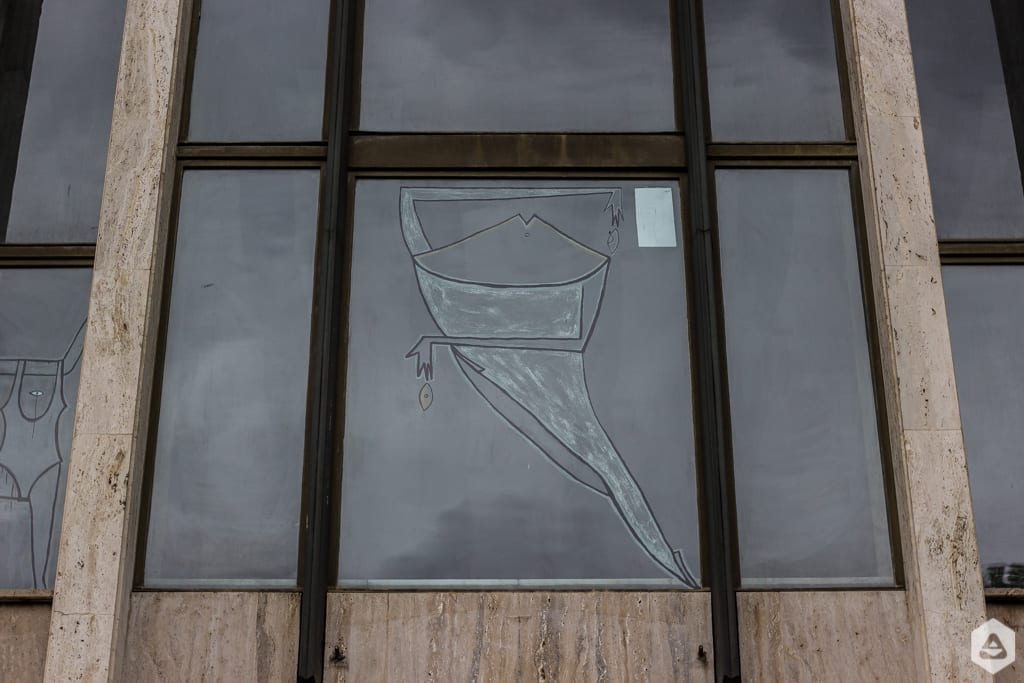








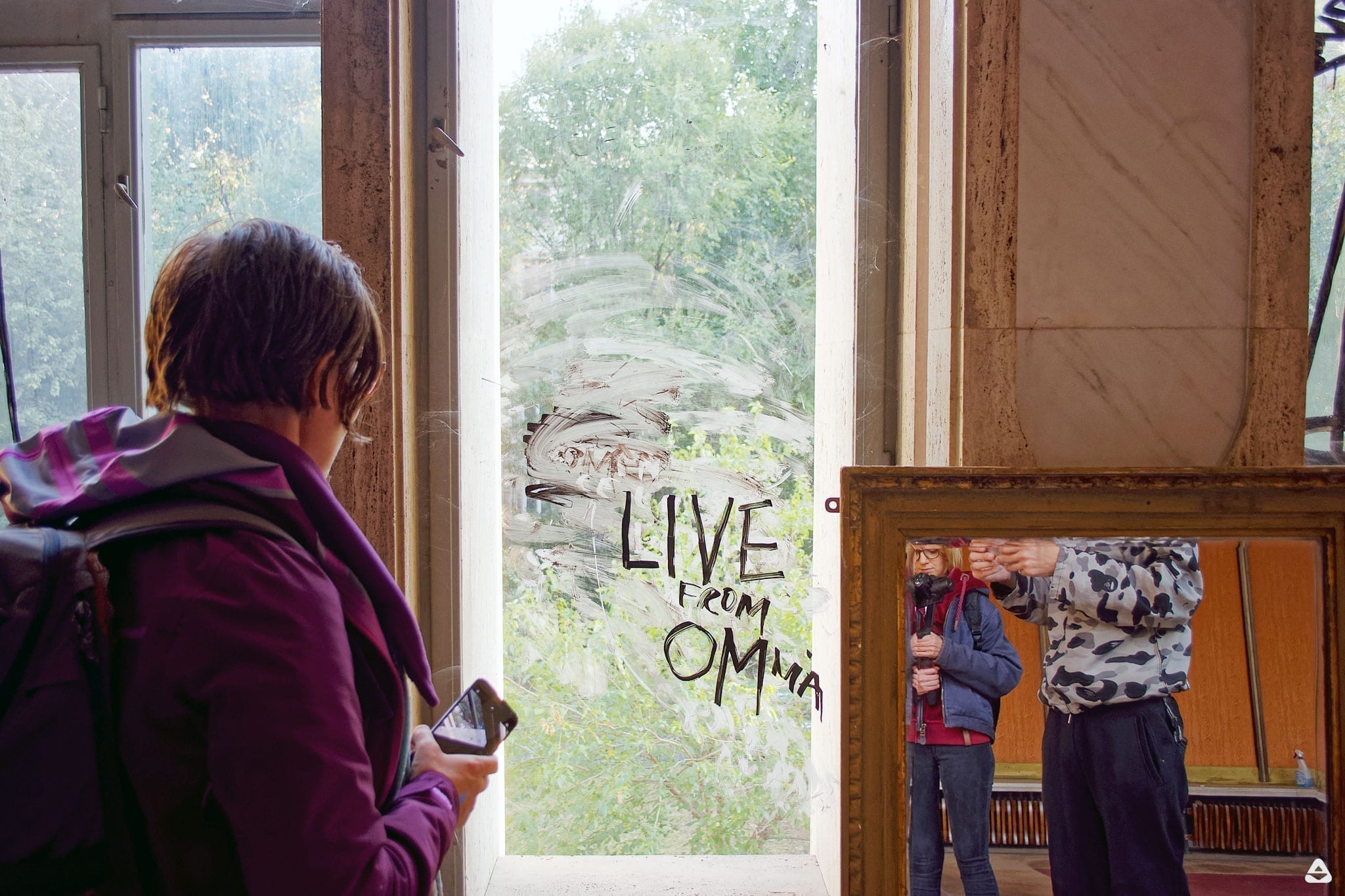

Pingback: Discover remarkable murals and street art installations commissioned by feeder.ro x Save or Cancel • feeder.ro
Pingback: street art commissioned by Save or Cancel • feeder.ro
Pingback: Buy the Un-hidden Street Art in Romania BOOK with a 20% discount • feeder.ro
Pingback: The Un-hidden Street Art in Romania Book is now available in the feeder.ro/shop - Save or Cancel
Pingback: The Un-hidden Street Art in Romania BOOK is now available in the feeder.ro/shop
Pingback: Interview with Tobias Barenthin Lindblad (SE) – Un-hidden Bucharest [en]